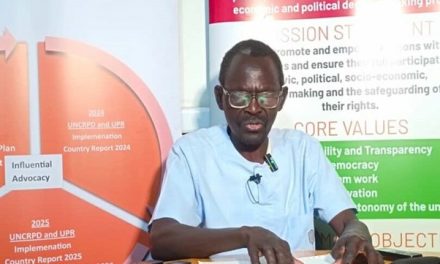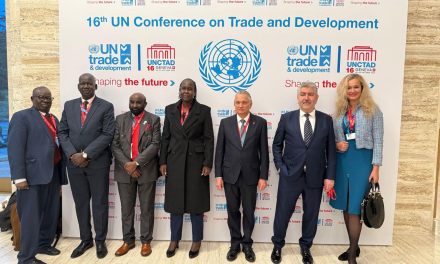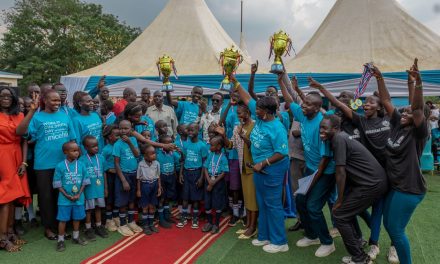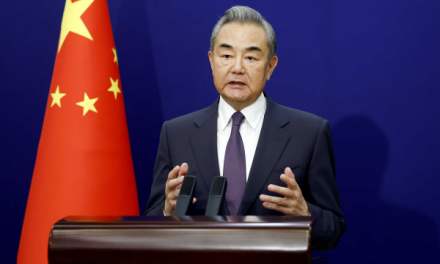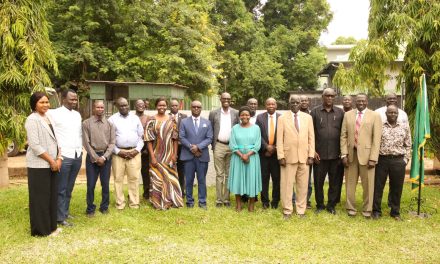By Xinhua writer Cui Li
HANGZHOU/NAIROBI, June 21 (Xinhua) -- This year marks the 20th anniversary of the launching of the Green Rural Revival Program in east China's Zhejiang Province. The experience in rural sustainable development and governance that China has gained through this program provides valuable insights of benefit to the wider world.
Since the start of the reform and opening-up in 1978, Zhejiang has achieved rapid economic growth. However, the people in rural areas faced a poor living environment and pollution, and they wanted the situation to be changed.
Focusing on the people's well-being, the Green Rural Revival Program, which covers as many as 10,000 villages, was launched in June 2003 to address the imbalance in development between cities and rural areas, whereby industrial growth propelled cities forward while rural areas lagged behind.
Over the past 20 years, more than 200 billion yuan (27.8 billion U.S. dollars) has been invested in the program. Officials from various sectors, including transportation, finance and environmental protection, have joined hands to overhaul the rural environment.
Starting with the improvement of ecology, Zhejiang is skillfully managing various aspects of industrial development, grassroots governance and cultural nurturing, with the aim of stimulating the potential for a virtuous cycle of rural revitalization.
Zhejiang has revitalized and modernized rural areas by focusing on water and waste management, renovation, toilet overhauls and infrastructure development, with a focus on the protection and restoration of the living environment in rural areas.
The implementation of the project has greatly transformed villages in the province. Now, the rural areas in Zhejiang are equipped with extensive road systems and reliable power grids. Cultural facilities and medical centers have also been improved.
Sustainable and green development has been promoted in China. And Zhejiang has gradually been transformed into a place full of clear waters and lush mountains. Thanks to its robust private economy and the growing e-commerce in recent years, the province has become one of the wealthiest and most developed provinces in China. Its GDP reached 7.7 trillion yuan in 2022, accounting for about 6.4 percent of the nation's total. Meanwhile, the forest coverage of the province increased to 61 percent, far above the national average of 24 percent.
Strong leadership and financial support are key to the success of the project. Scientific planning and working mechanisms have been rolled out for each phase to advance the construction and renovation process. Meanwhile, a holistic approach is adopted to coordinate various aspects of the program.
The program is a vivid practice of the people-centered development philosophy, as it has met the needs of people for a beautiful and pleasant living environment and a better life, and won the support and active participation of local residents. It significantly enhanced people's sense of fulfilment and happiness.
With its bustling homestays and agritainment, Zhejiang's rural areas have become popular tourist attractions for city dwellers. It is estimated that some 334,000 people are engaged in rural tourism in the province.
Through this program, new jobs related to agricultural development and rural entrepreneurship have been created, with over 47,000 entrepreneurs engaged in rural innovation to date, according to the provincial department of agriculture and rural affairs.
"The Green Rural Revival Program has benefited millions of farmers in Zhejiang by creating a beautiful environment, a prosperous economy, and a better life," said Gu Yikang, chief expert of the Zhejiang rural revitalization research institute. "The integration of tourism and agriculture has led to diverse rural industries, transforming Zhejiang into a forerunner in rural revitalization."
A report by a group from Tongji University in Shanghai was released during the UN-Habitat Assembly from June 5 to 9 in Nairobi, Kenya. It is about a case study on rural revitalization and net-zero carbon development in Dinghai District of Zhoushan City, Zhejiang, that may provide valuable lessons for low-carbon rural development.
Bruno Dercon, officer-in-charge of the UN-Habitat Regional Office for Asia and the Pacific, said in the report that despite rapid urbanization worldwide, 40 percent of the global population still resides in rural areas, and the pathways and cases of rural revitalization and zero-carbon development in Dinghai can provide valuable experience for rural low-carbon development in other small islands and coastal areas.
Charles Onunaiju, director of the Abuja-based Center for China Studies, said China's Green Rural Revival Program represents a comprehensive and forward-thinking approach to addressing the environmental and socio-economic challenges faced by rural areas. By promoting sustainable development, ecological conservation and poverty alleviation, the program has the potential to bring about positive and transformative changes in rural communities, he added.
Vincent Kitio, chief of UN-Habitat's Urban Energy Unit, said that China's experience in the Green Rural Revival program, which combines rural revitalization with carbon reduction and emissions control, thus achieving green development, is worth emulating by developing countries in Africa. Enditem
(Intern Sun Suying contributed to the story.)



